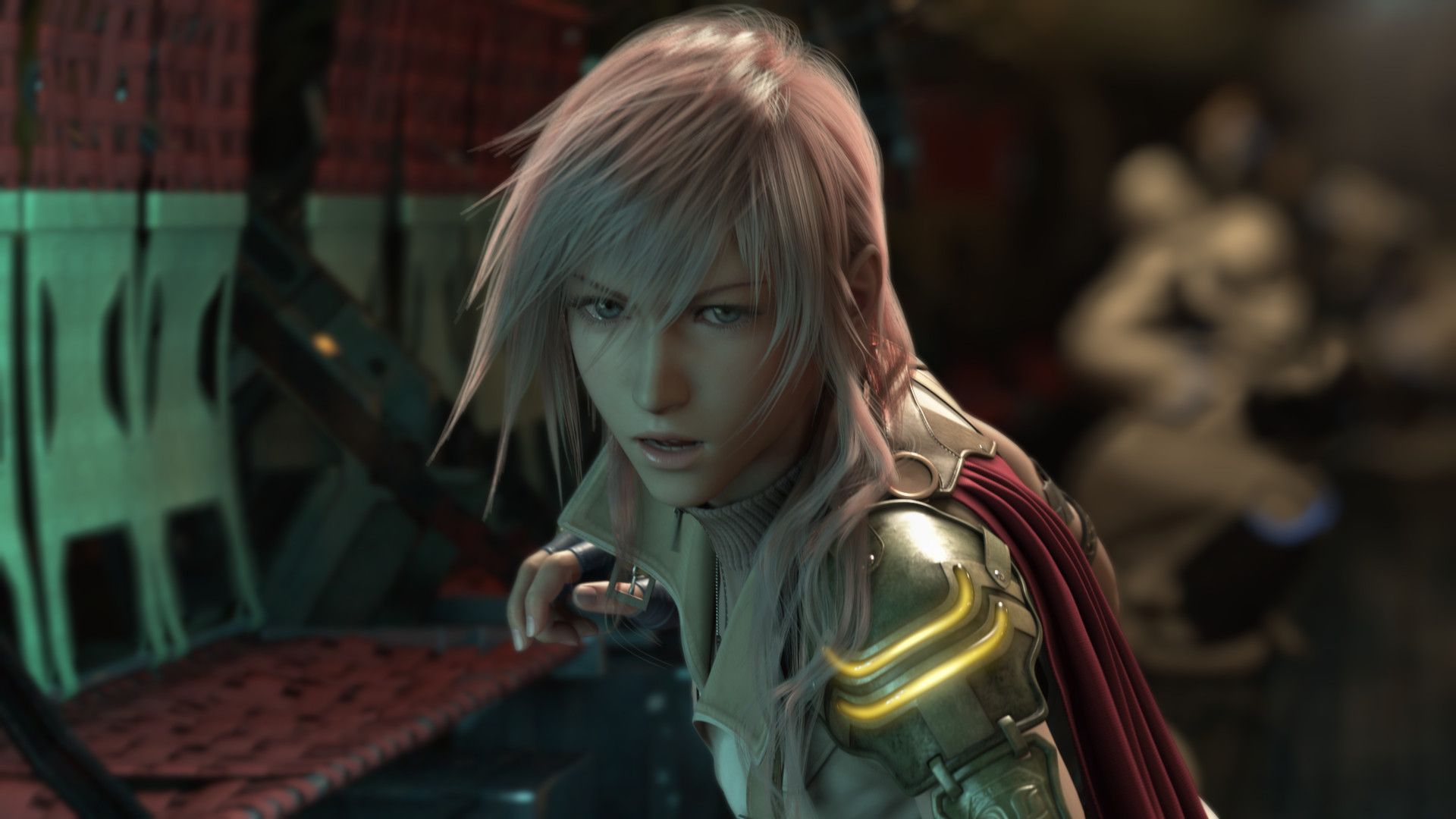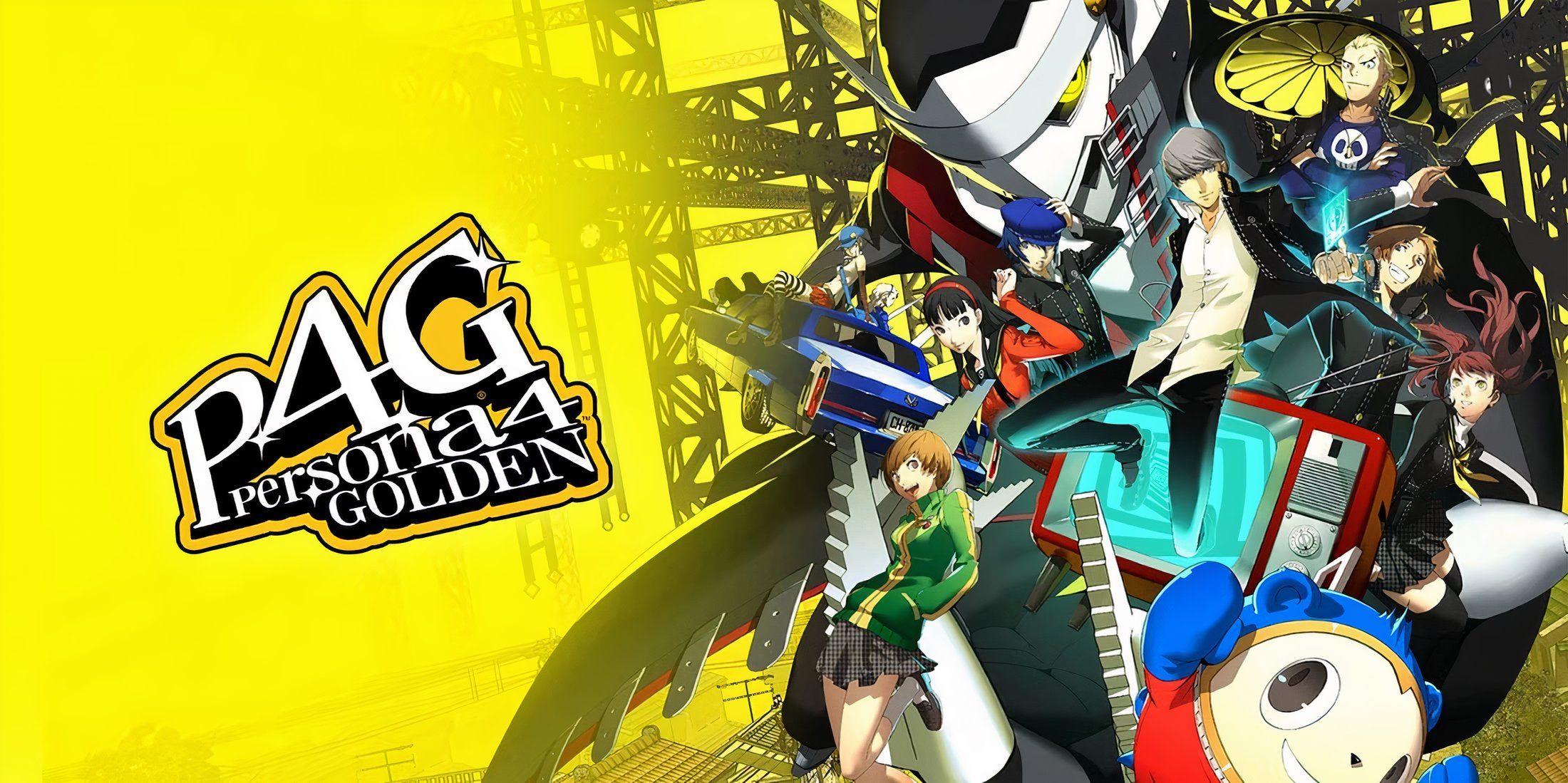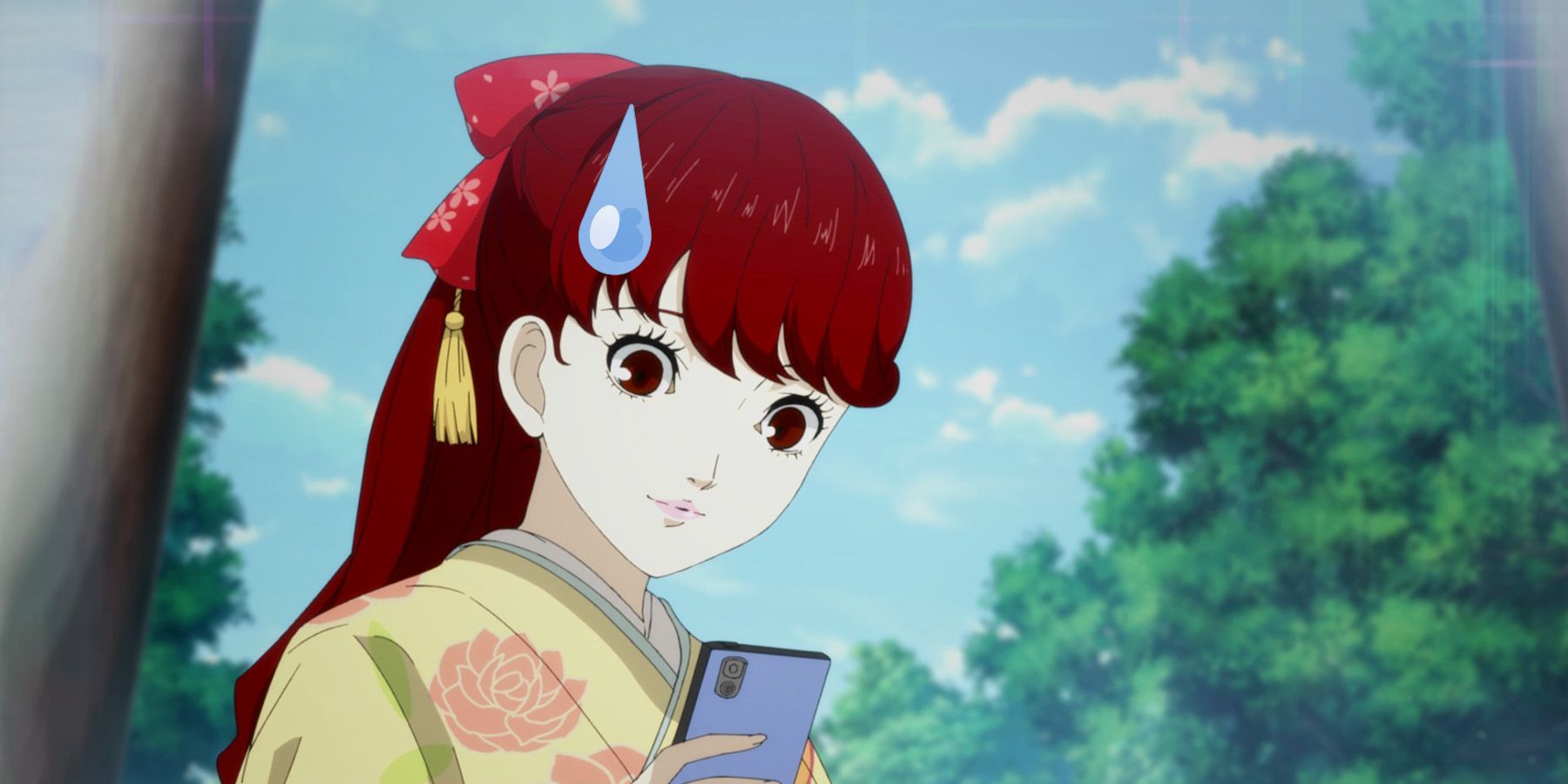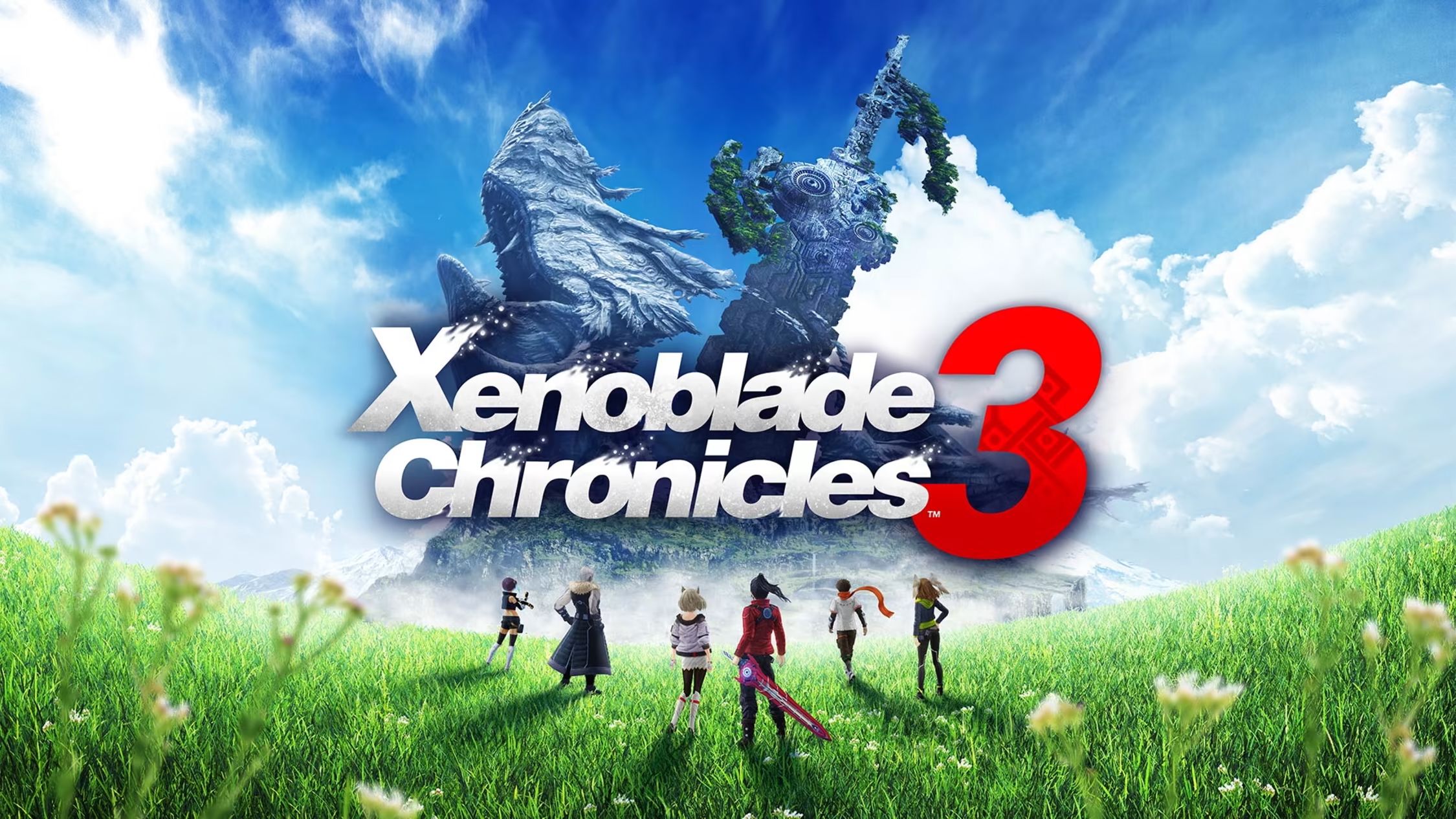Summary
- In the 2000s, JRPGs lost popularity on home consoles due to stagnant evolution during the transition to HD gaming.
- The genre found a new home on gaming handhelds from Nintendo and Sony, with cheaper development allowing for more risk-taking.
- The resurgence of JRPGs since the late 2010s has been fueled by the popularity of anime and the portability of the Nintendo Switch.
JRPGs have become so ubiquitous that it’s easy to forget they were considered fossilized relics of the 1990s not too long ago. How exactly did this written-off video game genre take back its spotlight, and why is it shining brighter than ever?
Why JRPGs Fell Off in the 2000s
In a time before video games could depict cinematic stories, JRPGs (Japanese roleplaying games) had no parallel. Their epic narratives, large maps, and complex combat offered them an air of believability that most genres didn’t even bother trying for.
However, as video games moved away from the abstract nature of 2D and early 3D graphics, this edge was dulled. Open-world action games and first-person shooters became showcases for new hardware for the rapidly growing Western market in which they were typically made. They provided a sensation of realism, and chasing that golden goose became a goal of the games industry.
Meanwhile, JRPGs struggled to evolve alongside this. Fantasy wasn’t in vogue and turn-based combat was perceived as monotonous and stale. By the mid-2000s, they were already considered holdovers of the past by this new mainstream audience. Pokémon stayed ever stalwart and Final Fantasy retained a reputation that inherently drew attention, but little else did outside of Japan.
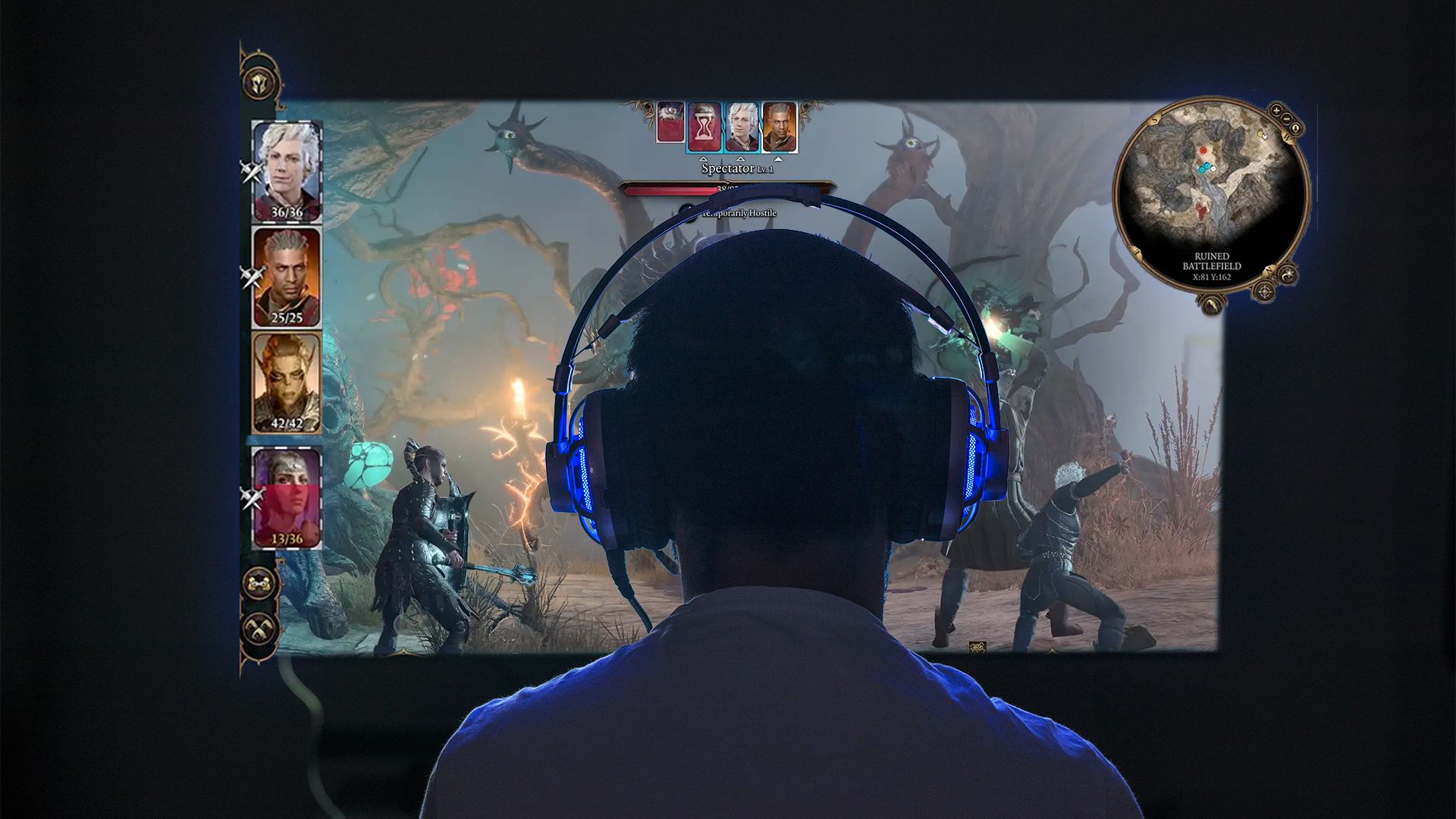
Related
Turn-Based RPGs Aren’t Boring, You’re Just Playing the Wrong Games
Don’t make the mistake of writing off such a huge and varied genre.
Much of this had to do with publishers erroneously prioritizing graphics over gameplay evolution. Final Fantasy XIII is the most notorious example of this, pouring its blank check budget into cutting-edge visuals in lieu of compelling combat and level design. Worse, its storytelling was seen as confusing, something that got categorized under the same bucket of “nonsensical” and “weird” that Western audiences associated with anime at the time. Whether the characterization was fair or not, it stuck.
While it may seem misguided to focus on Western audiences when the genre has “Japanese” in its title, there’s a good reason for that: that’s where the bulk of console players were. The move to HD meant higher budgets and longer development cycles, and if publishers wanted to make their money back, it was safer to bet on what the largest demographic of players was interested in.
The most damning evidence is that even Square Enix started publishing Western-made games in this period, and it was the only publisher with a high-selling JRPG (Final Fantasy XIII) during the PlayStation 3 and Xbox 360 generation.
Handhelds Save the Day
My doom and gloom so far has only told half the story. While JRPGs were losing favor on consoles, they were thriving on gaming handhelds, especially the Nintendo DS and 3DS.
Sprites and low-polygon 3D models were cheaper and faster to produce for the less powerful hardware. This meant games could be released at a steady rate, not unlike the 1990s golden age. This gave the genre’s fans exactly what they wanted and at the standardized lower price of $40, expanding the market of people willing to take a chance on a game. It didn’t hurt that you also had a captive audience of Pokémon fans seeking new games to fill the gaps in that franchise’s annual release schedule.
Handheld JRPGs also grew fandoms around developers that have since become household names. Atlus is the most consequential example of this. A relative unknown in the West beyond hardcore JRPG enthusiasts, the developer’s various Shin Megami Tensei releases—especially Persona 3 Portable and Persona 4 Golden on the PlayStation Portable and Vita—created the necessary brand recognition for Persona 5 to become a worldwide phenomenon. Even the likes of Square Enix maintained interest in its franchises through smaller handheld releases until JRPG development on consoles became feasible again.
Given the lower stakes, gaming handhelds were also a hotbed of creativity in a landscape where console development was becoming more risk-averse. JRPGs took the opportunity to experiment with tried-and-true turn-based combat mechanics. Highlights included Radiant Historia’s grid manipulation and Bravely Default’s deferrable action points mechanic (which was later refined in the popular Octopath Traveler series). In other instances, developers took advantage of the unique properties of handhelds, like the chaotic dual-screen combat of The World Ends with You, something that didn’t translate as well to its tablet ports and console sequel.
The classics also found new life on handhelds. A new generation of gamers were introduced to the likes of Final Fantasy and Dragon Quest through remakes and tidied-up ports. Many of these are still considered the best versions of these games, such as Chrono Trigger, which received a new localization that properly portrayed the original tone of the script. I can speak to the impact of this particular port on a personal level since playing the game on an emulator in the mid-2000s blew open the doors of my love for JRPGs. Owning a physical copy of my own upon its DS re-release personalized that bond.
As great as this all was, JRPGs on gaming handhelds typically catered to niche audiences if they weren’t named Pokémon. The genre needed a springboard back into the mainstream, and after over a decade of obscurity, it found two.
The Rise of Anime
Persona 5 Royal screenshot showing Kasumi/Sumire glancing at her smartphone in January 2016, while trapped in Maruki’s cognitive world. An anime-style sweat drop was edited onto her forehead to make her appear more nervous-looking.
The skyrocketing popularity of anime in the mid-to-late 2010s completely changed the shape of pop culture. Cool Japan was cool again and bought cool tides that rose the ships of JRPGs—also known as anime you can play—alongside it.
People began seeking out this playable anime. It’s the reason a game like NieR: Automata was positioned to become an unexpected sensation. In most cases, the sequel to a spin-off of an alternate ending to another series’ first game would be an assured flop. Yet with anime now certifiably huge in the West, its flashy combat and flashier character designs were precisely what people were looking for.
Other franchises rode this wave into the spotlight, often using social simulation elements like those found in Fire Emblem: Three Houses, the Persona games, and, most recently, Metaphor: ReFantazio. This trend showed JRPGs adapting to the wants of players in ways they failed to in the transition to HD gaming. People wanted to meaningfully simulate their borderline isekai fantasies of living in an anime, and they found that through slice-of-life interactions with characters. In these cases, gameplay often came second, but people were playing nonetheless with a likelihood that they’d later check out similar titles.
Anime adaptations of JRPGs were another critical way in which they attracted new players. Persona and Tales were two franchises that found success in cross-media, as was Cyberpunk: Edgerunners, which completely rehabilitated the image of the Western RPG Cyberpunk 2077. We can even trace this back to 2005’s Final Fantasy VII: Advent Children, which is still a means of bringing in new Final Fantasy VII fans to this day. It’s worth noting that visual novels also found new fans through anime adaptations, and that the JRPG-adjacent genre was previously as niche as niche gets.
The irony of all this is that a decade prior, “anime” was the pejorative used to dismiss JRPGs. There’s much to be said about how anime is increasingly being written to appeal to the narrative sensibilities of Western audiences, but whatever the reason, it’s quite the reversal.
The Nintendo Switch Makes JRPGs Better
If anime was the catalyst that sparked new interest in JRPGs, the Nintendo Switch was the platform that enabled their resurgence.
Given that the genre is filled with games that can take upwards of 100 hours to beat, spending each one of those on your couch is a taxing ask. By making these experiences optionally portable, people became able to conveniently work JRPGs into their lives. Grinding a little bit on a commute or side-questing in bed reduces the sense of monotony, and if you want to watch big moments play out on a big screen, you can always dock it. I know I just described the general best-of-both-worlds concept of the Nintendo Switch, but that’s because it’s specifically perfect for this style of game.
There’s also never been a bigger audience for JRPGs. Not only is the Switch one of the all-time best-selling consoles, but its ease of use has fostered a culture of players willing to give anything a try. This had a snowball effect that soon had Switch owners begging for every JRPG under the sun to grace the system. It’s no coincidence that it feels like half the time of any given Nintendo Direct is spent on them, and that these announcements tend to attract viral responses.
For example, if you had told me even five years ago that an initially Switch-exclusive remake of LIVE A LIVE—an obscure SNES game even by Japanese standards—would sell over 500,000 copies in its first few months, I would’ve considered you a radical dreamer. If LIVE A LIVE can do it, virtually anything can.
It helps that Nintendo has bolstered the market for JRPGs with its own output. The biggest success story of these, aside from Fire Emblem, is the Xenoblade Chronicles franchise, of which every game is now available on the platform. Not only that, but it’s likely they’ve all surpassed two million copies sold (the just-released Xenoblade Chronicles X: Definitive Edition aside).
Remember that Nintendo almost didn’t release the original game on Wii in North America, given how JRPGs had bottomed out in popularity, and it took a monumental fan campaign to make it happen as a limited run. That it’s become a mainstay franchise for Nintendo is proof enough of just how popular the genre has become.
Even Dragon Quest Is Selling Well in the West
To me, the ultimate proof that JRPGs are back in business is how Dragon Quest found its footing in the West.
Dragon Quest is a franchise so big in Japan that it needs to be released on Sundays to prevent schoolkids and office workers alike from skirting their duties. Meanwhile, in the West, not even the iconic Dragon Ball art style of the late Akira Toriyama could boost its popularity. Even Dragon Quest VIII—the franchise’s once most popular entry—only sold 430,000 of its 4.9 million copies in North America, and the reason why many Westerners bought it at all was for the Final Fantasy XII demo disc bundled inside.
These consistently middling overseas sales figures led to the conversation around every entry being whether it’d be “the one” to become a hit outside of Japan. It didn’t happen time after time, resulting in some entries not even being localized. Yet these fortunes changed with 2017’s Dragon Quest XI, racking up two million sales across basically every platform imaginable. This led to HD-2D remakes of the first three games becoming major releases overseas, to the point where a recent Nintendo Direct used its prime opening slot to showcase them.
Dragon Quest XI’s popularity proved that turn-based combat, crude whimsy, hundred-hour stories, and even silent protagonists can be selling points. This was bolstered by the success of other JRPGs, sure, but Dragon Quest XI featured everything publishers thought Westerners didn’t want. And it did so without releasing on the Switch from the outset, and with its 3DS demake never seeing an overseas release at all. I’m glad Akira Toriyama got to see this important part of his career celebrated worldwide.
The future is looking bright for JRPGs. Just last year, Final Fantasy VII Rebirth and Metaphor: ReFantazio won countless end-of-year awards. In a handful of weeks, we’ll have Clair Obscur: Expedition 33, a French-made JRPG (FRPG?) inspired by a love for the classics. Yes, we’ve even reached the point where studios outside Japan are creating their own takes on the genre and those games are getting premiere advertising slots as Clair Obscur has. I’m not sure even fans in the 1990s felt they were eating this good.
The second golden age of JRPGs is here.
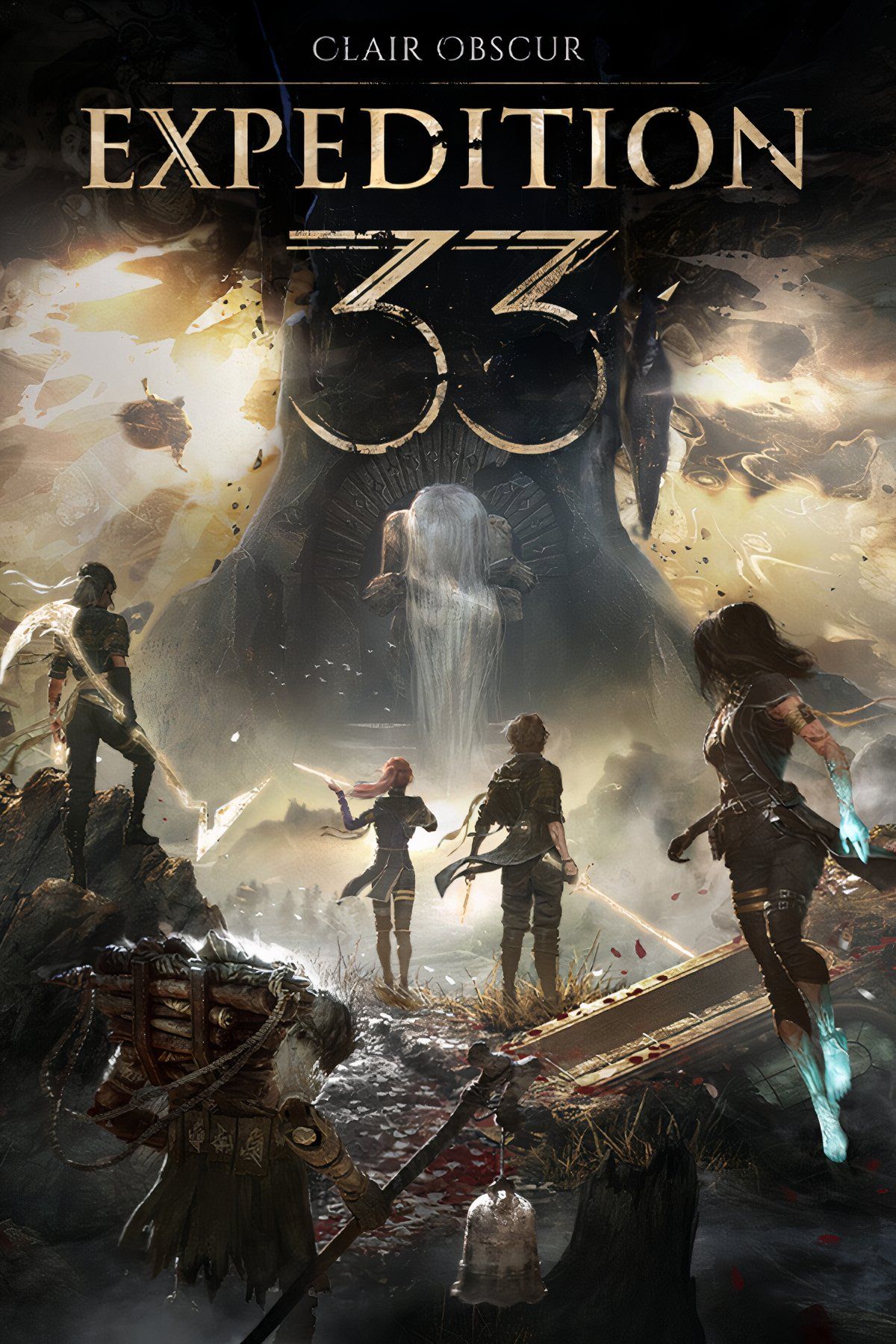
Clair Obscur: Expedition 33
A French-made JRPG about fighting the imminent fate of characters in a world where everyone dies at age 33.


